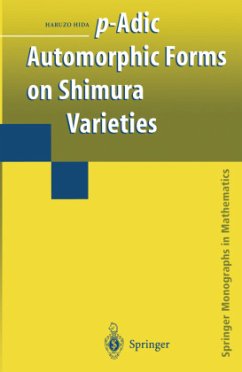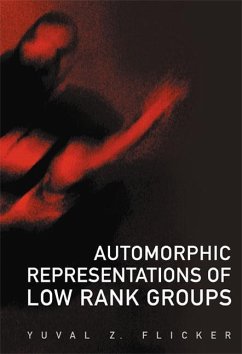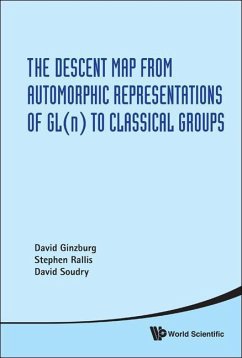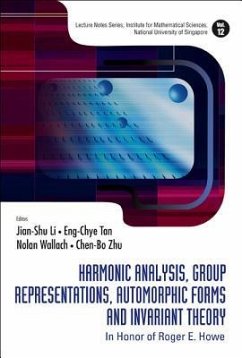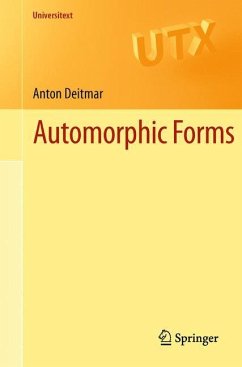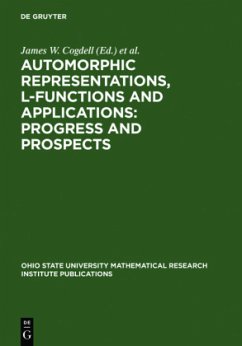
Automorphic Forms and Shimura Varieties of Pgsp(2)
Versandkostenfrei!
Versandfertig in über 4 Wochen
119,99 €
inkl. MwSt.

PAYBACK Punkte
60 °P sammeln!
The area of automorphic representations is a natural continuation of studies in the 19th and 20th centuries on number theory and modular forms. A guiding principle is a reciprocity law relating infinite dimensional automorphic representations with finite dimensional Galois representations. Simple relations on the Galois side reflect deep relations on the automorphic side, called ?liftings.? This in-depth book concentrates on an initial example of the lifting, from a rank 2 symplectic group PGSp(2) to PGL(4), reflecting the natural embedding of Sp(2, C) in SL(4, C). It develops the technique of...
The area of automorphic representations is a natural continuation of studies in the 19th and 20th centuries on number theory and modular forms. A guiding principle is a reciprocity law relating infinite dimensional automorphic representations with finite dimensional Galois representations. Simple relations on the Galois side reflect deep relations on the automorphic side, called ?liftings.? This in-depth book concentrates on an initial example of the lifting, from a rank 2 symplectic group PGSp(2) to PGL(4), reflecting the natural embedding of Sp(2, C) in SL(4, C). It develops the technique of comparing twisted and stabilized trace formulae. It gives a detailed classification of the automorphic and admissible representation of the rank two symplectic PGSp(2) by means of a definition of packets and quasi-packets, using character relations and trace formulae identities. It also shows multiplicity one and rigidity theorems for the discrete spectrum. Applications include the study of the d




